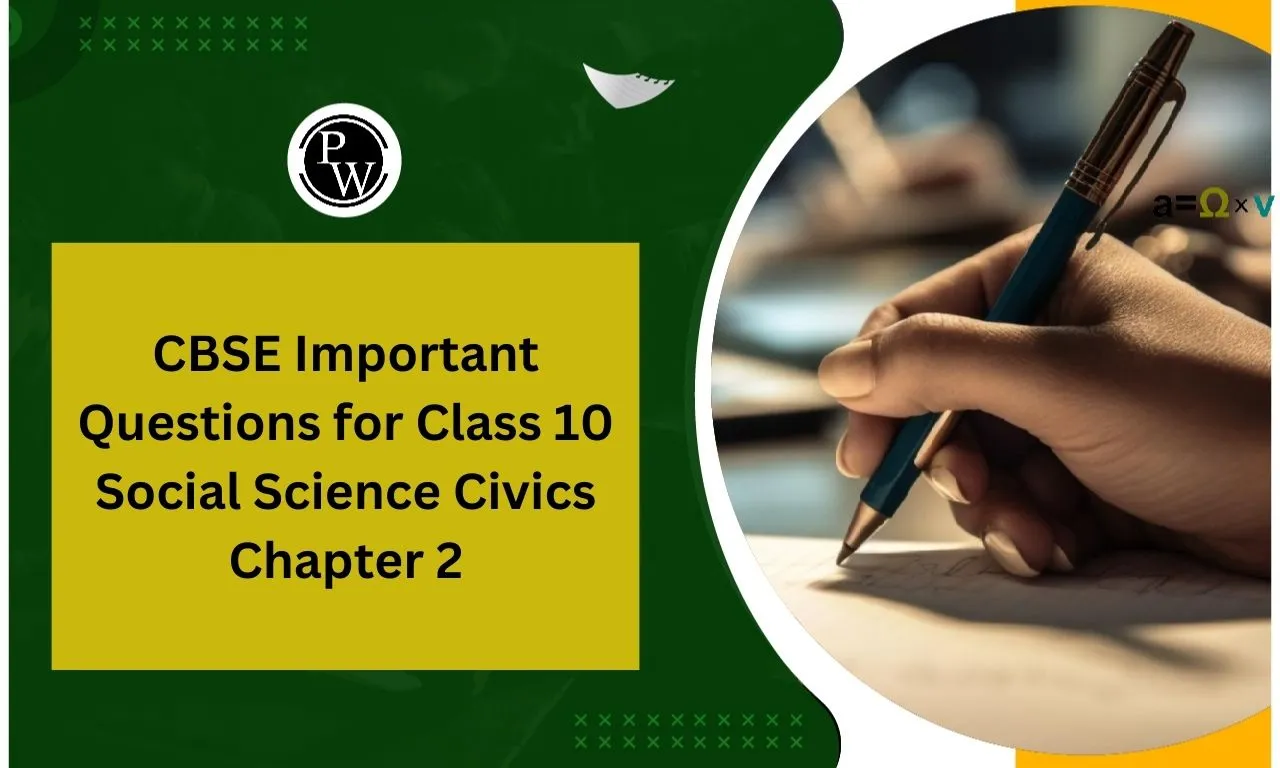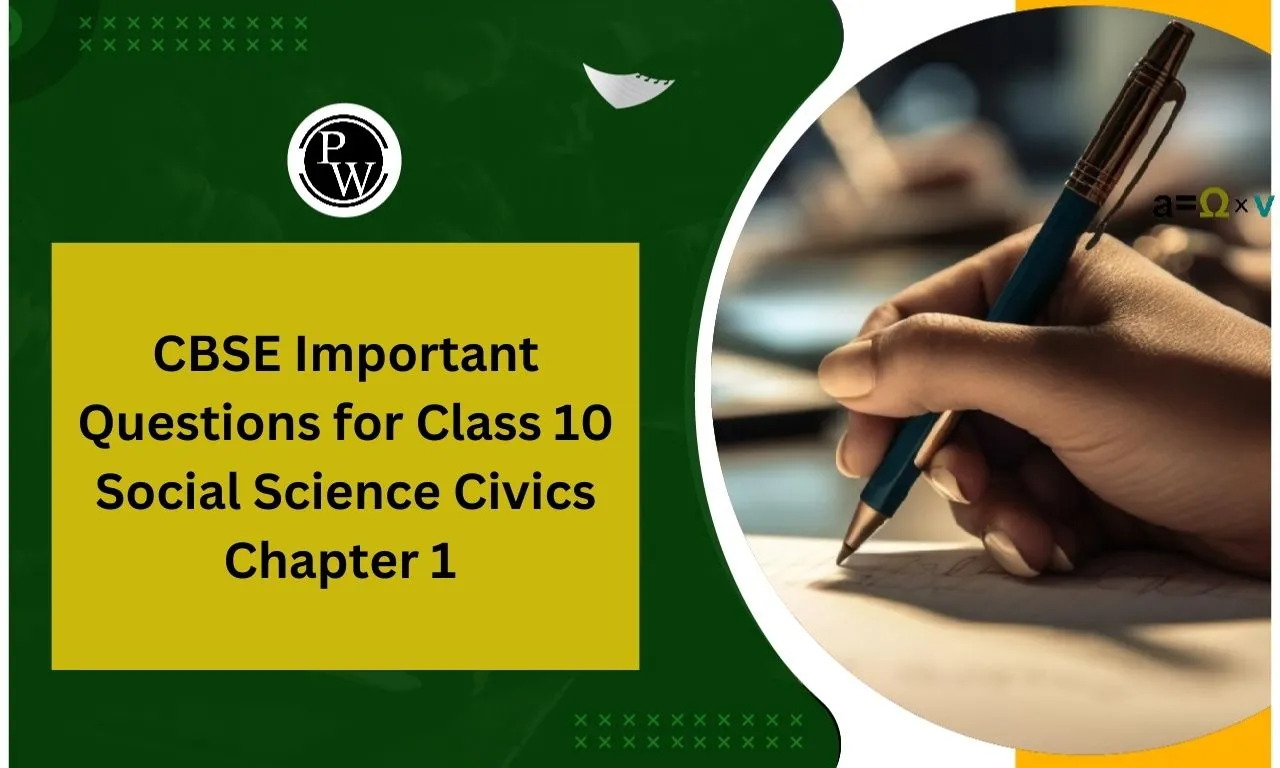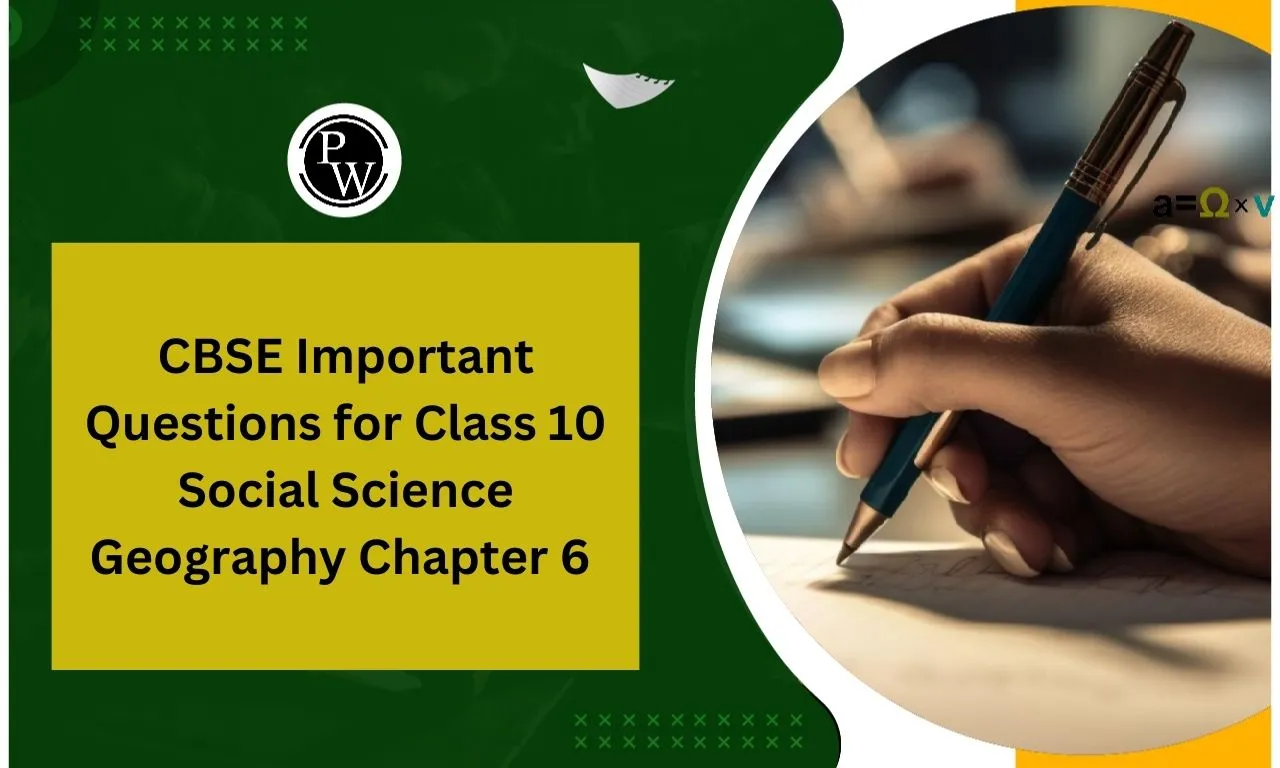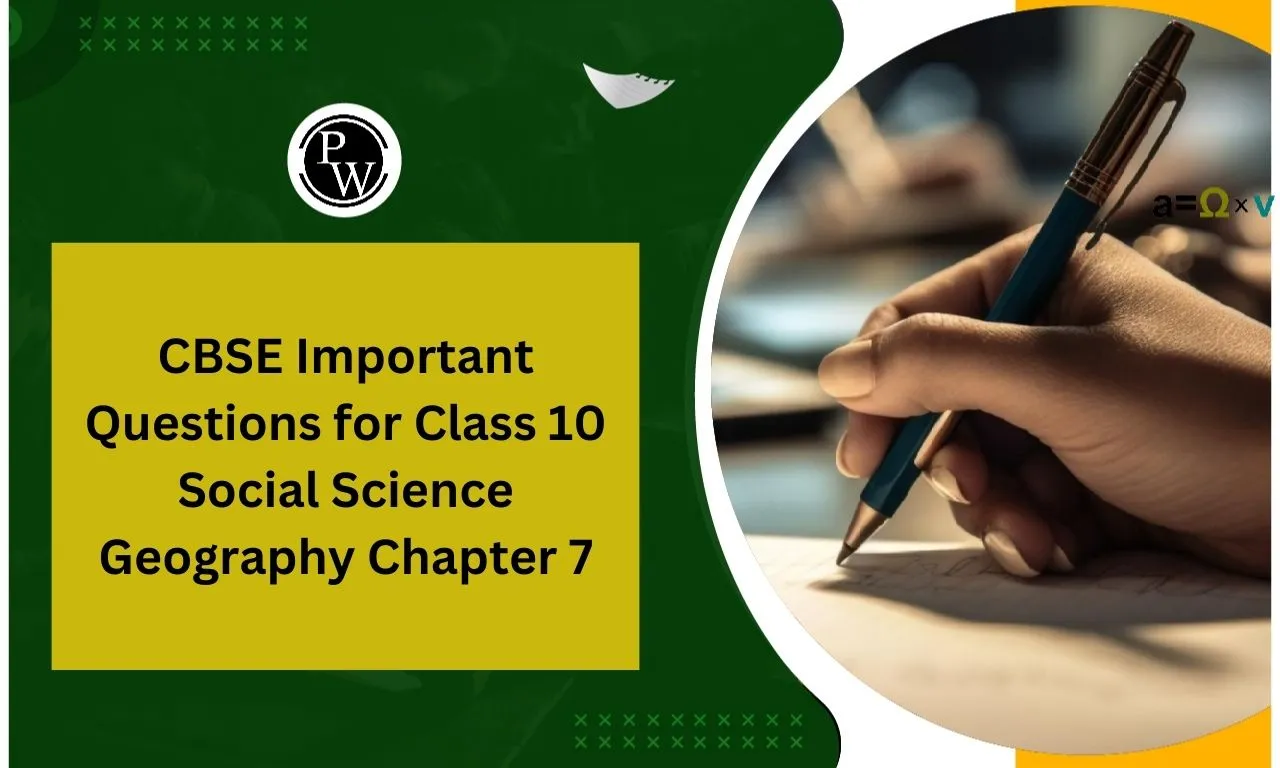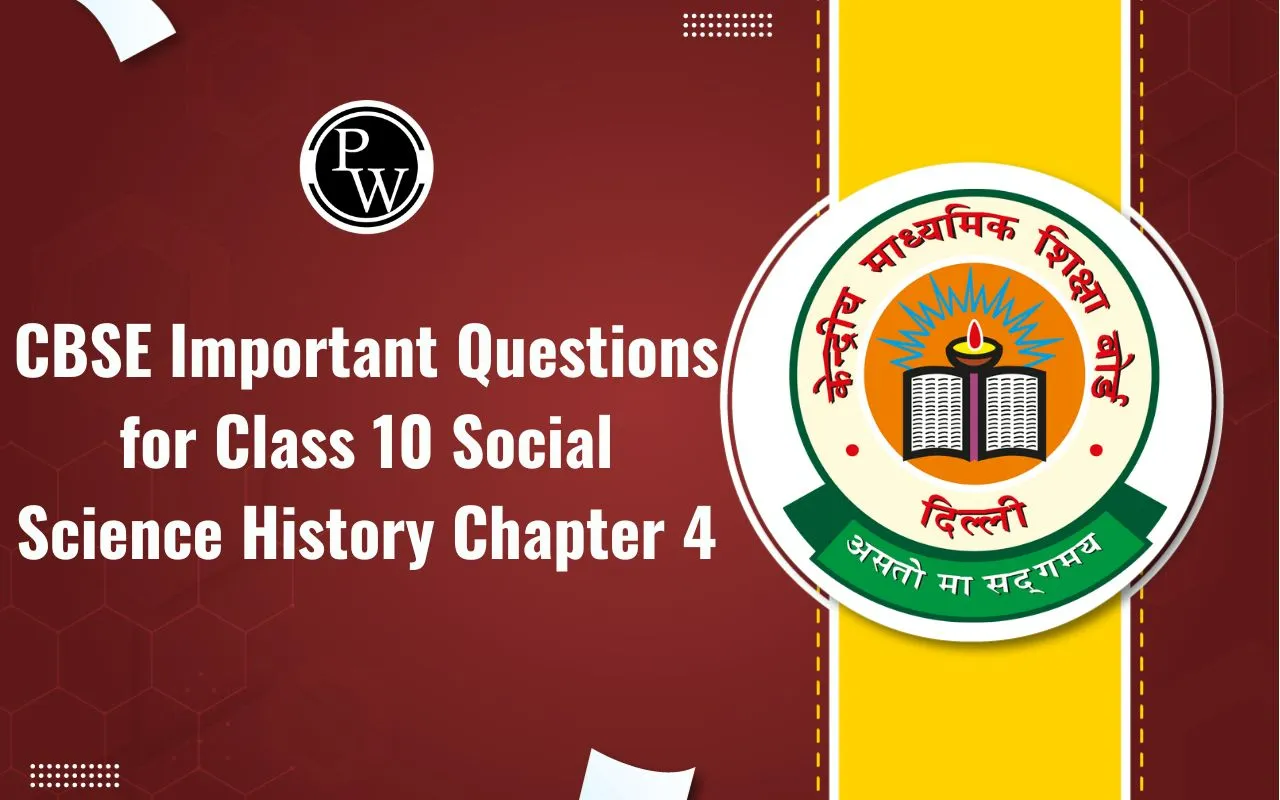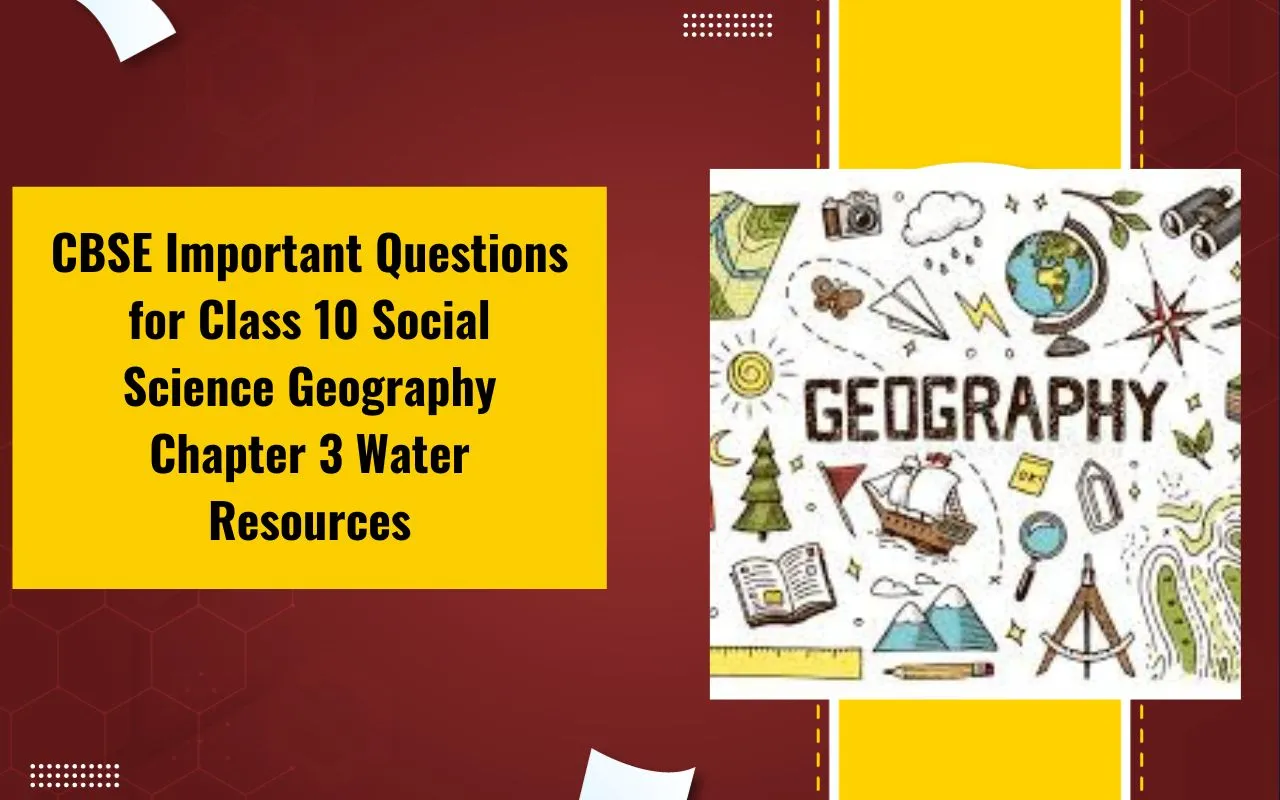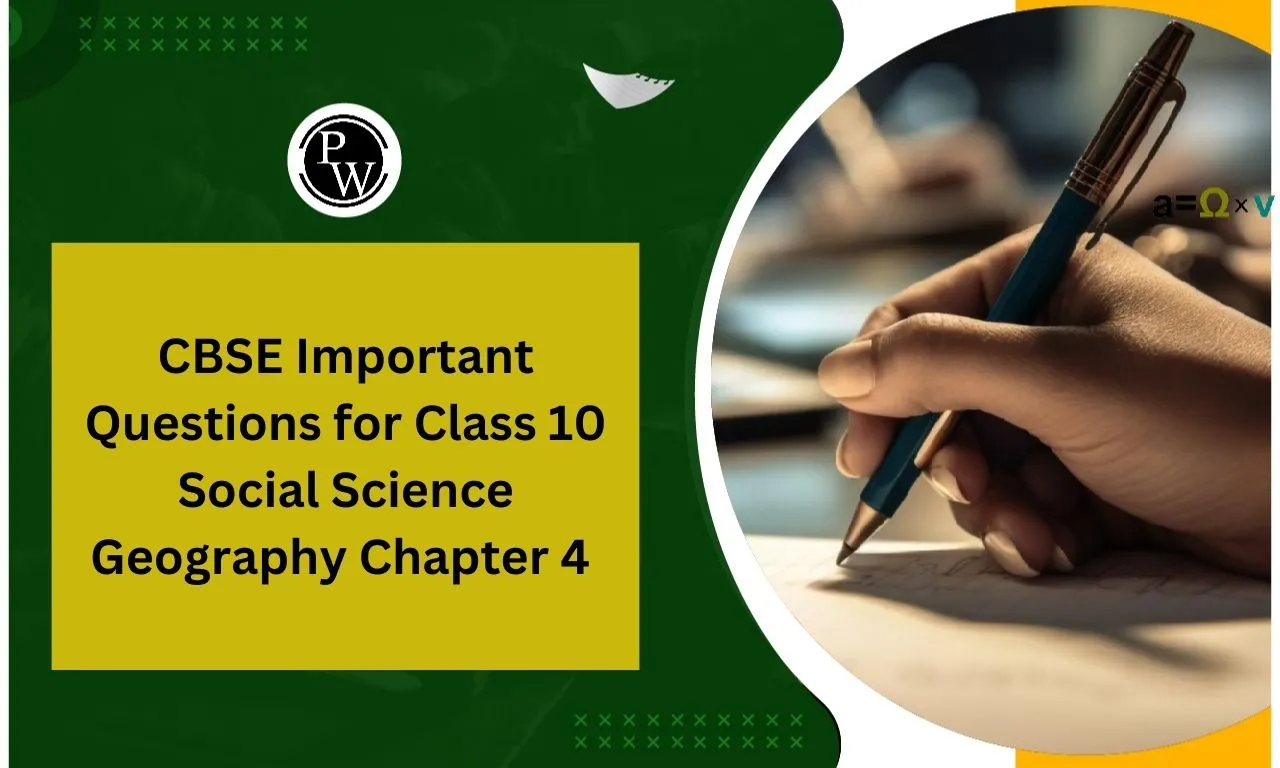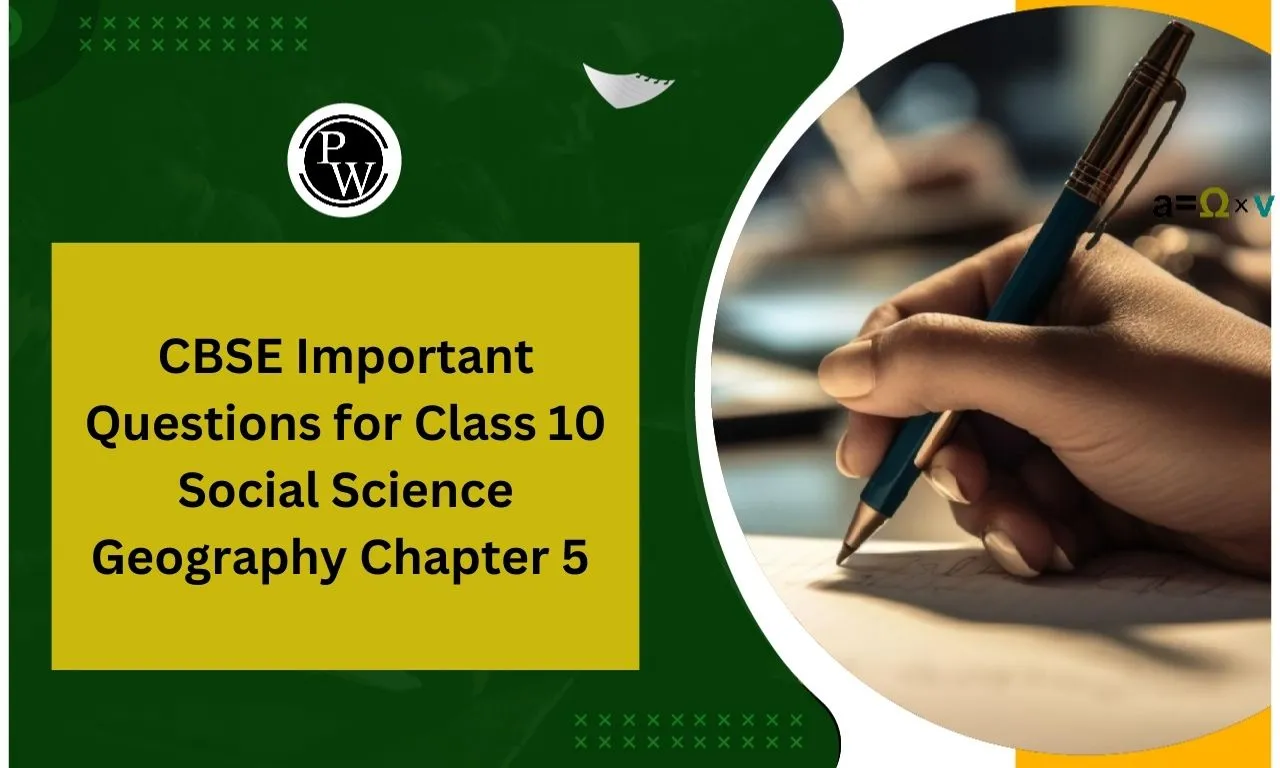
NCERT Solutions for Class 10 English First Flight Chapter 10: The NCERT Solutions for Class 10 English First Flight Chapter 10, "Sermon at Benares," provide a detailed explanation and answers to questions based on the chapter. This chapter focuses on a sermon given by Gautama Buddha in Benares, where he teaches the lesson of overcoming grief and suffering.
The solutions help students understand the key points of the sermon, the life of Buddha, and the concept of detachment from worldly attachments to attain peace. These solutions make it easier for students to grasp the moral and philosophical teachings of the text, aiding in better comprehension and exam preparation.NCERT Solutions for Class 10 English First Flight Chapter 10 PDF
The NCERT Solutions for Class 10 English First Flight Chapter 10 PDF gives clear answers to questions about the chapter "Sermon at Benares." This chapter is about a sermon by Gautama Buddha, where he teaches how to deal with grief and suffering. The PDF helps students understand these important lessons and prepares them for exams. It is a helpful resource for learning and understanding the main ideas of the chapter.NCERT Solutions for Class 10 English First Flight Chapter 10 PDF
NCERT Solutions for Class 10 English First Flight Chapter 10 The Sermon at Benares
Question 1:
When her son dies, Kisa Gotami goes from house to house. What does she ask for? Does she get it? Why not?
Answer:
Kisa Gotami was overwhelmed with grief and agony when her only son died. Desperate for a cure, she carried his lifeless body in her arms, going from house to house, asking for medicine to bring him back to life. However, no one could help her, as it was impossible to revive her dead son.Question 2:
Kisa Gotami again goes from house to house after she speaks with the Buddha. What does she ask for, the second time around? Does she get it? Why not?
Answer:
After speaking with the Buddha, Kisa Gotami goes from house to house again, but this time she asks for mustard seeds from a house where no one has lost a loved one. She does not get the mustard seeds because she cannot find any house where death has not taken someone. This experience helps her realize that death is a universal part of life and that everyone faces the loss of loved ones.Question 3:
What does Kisa Gotami understand the second time that she failed to understand the first time? Was this what the Buddha wanted her to understand?
Answer:
When Kisa Gotami failed to find a house where no one had lost a loved one, she became weary and helpless and sat down by the roadside. As she sat, she observed the flickering and extinguishing of lights, leading to complete darkness. This made her realize that death is inevitable, and she recognized her own selfishness in her grief and agony. She understood that everyone must face loss, but there is a path to peace and immortality for those who let go of their selfish desires. This realization was exactly what Buddha wanted her to understand: that every mortal being born into this world is destined to die one day.Question 4:
Why do you think Kisa Gotami understood this only the second time? In what way did the Buddha change her understanding?
Answer:
In the beginning, Kisa Gotami was overwhelmed by the grief of losing her young son. However, when she went from house to house the second time to find a handful of mustard seeds to revive her dead son, she realized that everyone had experienced the loss of a loved one. Not a single house was untouched by death; everyone had lost a son, husband, parent, or friend at some point. This made her understand that everyone faces the pain of death and loss. Feeling dejected, she sat down and realized that death is inevitable and that all mortal beings are destined to live and die someday. Through this experience, Gautama Buddha helped her understand that death is common to all mortal beings, and everyone is bound to die one day or another.Question 5:
How do you usually understand the idea of ‘selfishness’? Do you agree with Kisa Gotami that she was being ‘selfish in her grief’?
Answer:
A selfish person is someone who is extremely focused on their own needs and feelings. In the story, Kisa Gotami was also being selfish in her grief because she was only thinking about her own pain. When she lost her child, she was desperate to bring him back to life and went to Buddha for help. Buddha taught her an important lesson: humans are mortal, and everyone must die eventually. Although accepting the death of loved ones is hard, it is a natural and unavoidable part of life. This lesson helped Kisa Gotami understand that death is inevitable and happens to everyone.Thinking about Language (Page 136)
Question I:
This text is written in an old-fashioned style, for it reports an incident more than two millennia old. Look for the following words and phrases in the text, and try to rephrase them in more current language, based on how you understand them.
- give thee medicine for thy child
- Pray tell me
- Kisa repaired to the Buddha
- there was no house but someone had died in it
- kinsmen
- Mark!
Answer:
- Give you medicine for your child
- Please tell me
- Kisa went to the Buddha
- There was not a single house where no one had died
- Relatives
- Listen
Question II:
You know that we can combine sentences using words like and, or, but, yet and then. But sometimes, no such word seems appropriate. In such a case, we can use a semicolon (;) or a dash (—) to combine two clauses.
She has no interest in music; I doubt she will become a singer like her mother.
The second clause here gives the speaker’s opinion on the first clause. Here is a sentence from the text that uses semicolons to combine clauses. Break up the sentence into three simple sentences. Can you then say which has a better rhythm when you read it, the single sentence using semicolons, or the three simple sentences?
For there is not any means by which those who have been born can avoid dying; after reaching old age there is death; of such a nature are living beings.
Answer:
A single sentence using semicolons has a better cadence and rhythm; this implies that the three parts of the sentence are connected to each other in their meanings. The second clause gives detailed information about the first clause; the third clause is, therefore, directly related to both the first and the second clauses. Their meanings are conveyed more effectively when they are joined by semicolons.Writing (Page 138)
Question 1:
Write a page (about three paragraphs) on one of the following topics. You can think about the ideas in the text that are relevant to these topics and add your own ideas and experiences to them.
1. Teaching someone to understand a new or difficult idea
2. Helping each other to get over difficult times
3. Thinking about oneself as unique, or as one among billions of others
Answer:
Activity to be done by yourself.Benefits of NCERT Solutions for Class 10 English First Flight Chapter 10
Comprehensive Understanding : They provide detailed explanations and interpretations of the chapter's content, helping students grasp the underlying themes and messages more effectively.
Clarity and Conceptual Understanding : The solutions clarify difficult concepts and provide clear explanations, enabling students to develop a solid understanding of the text.
Enhanced Learning : They facilitate active learning by encouraging students to engage with the text and analyze it critically, leading to deeper comprehension and retention of knowledge.
Time-Saving : Instead of spending time searching for answers, students can quickly refer to the solutions for accurate responses, saving valuable study time.
Consistency with NCERT Curriculum : Since the solutions are based on the NCERT curriculum, they ensure alignment with the prescribed syllabus and help students meet academic requirements.
Self-Assessment : Students can use the solutions to self-assess their understanding and identify any areas where they need additional support or clarification.
NCERT Solutions of Class 10 English First Flight Chapter 10 FAQs
What is the central theme of "The Sermon at Benares"?
Who is Kisa Gotami, and why is she significant in the story?
What lesson does Gautama Buddha impart to Kisa Gotami?
What are some key takeaways from "The Sermon at Benares"?

